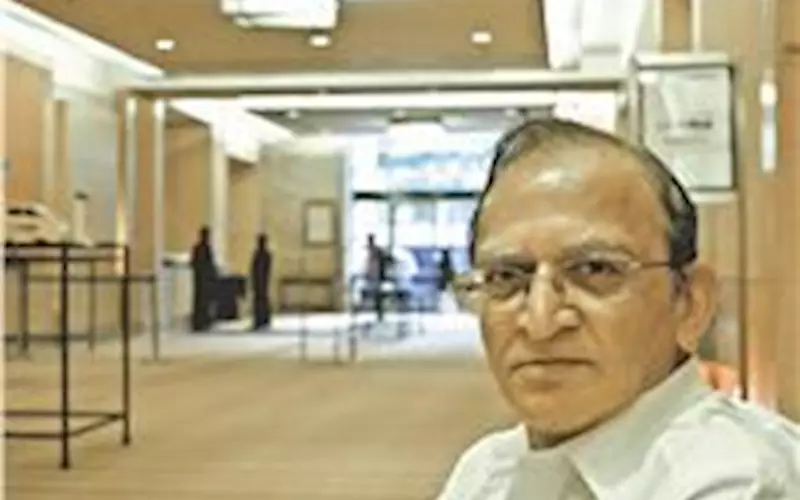Kiran Prayagi's seven thriving printing presses in Mumbai
Kiran Prayagi rewinds through 40 years of print memory, and doffs his hat to the seven best printing presses in Mumbai
19 May 2015 | By Mugdha Gangoli
Tata Press was the first commercial printing press established in Mumbai. It was among the few early companies run by professionals and was very successfully over a number of years. It was always at the forefront in using new technologies.
Rational Art and Press, incorporated on 31 March 1956, was the first printing press in Mumbai having its own fully fledged art department. The company believed that well-designed and well-printed piece of print will always attract consumers.
Metal Box Company was a part of the giant worldwide British group that set very high standards for packaging printing. The company was involved in printing on metal sheets and metal tubes and had quite a few printing plants located all over India. Plastic printing by gravure process was also part of expanded activities. Everything was done in style under the direct control of British bosses. Other Indian players at that time were Metal Printers Company, Zenith Tin, and Kaira Cans. These Indian companies are in operation to a limited extent.
The Bombay Samachar (now Mumbai Samachar) is the third oldest existing newspaper in the world and the oldest in Asia. It was first published on 1 July, 1822. The paper passed through various hands before coming to the Cama Family and has since grown and expanded. Today, its daily print run in four colour is effortlessly carried out on full colour high speed offset presses.
The Times of India, established in 1838 is the third-largest newspaper in India by circulation. It is quite interesting to learn about the location history of the famous Bombay newspaper. The press relocated at as many as seven places.
The original address was the Maneckji Petit building (near the end of Colaba Causeway). Later they shifted to Rutherford Street, then to Military Square in Fort, then to Bell Lane, Meadow Street (known in 1905 as Fort Chapel, then to 2,Churchgate streets then to a red building called the Messrs Kemp & Co at the south end of Parsee Bazaar Street and then to a building opposite the Cathedral in 1898 which became its penultimate destination.
G Claridge and Company ran successfully for many years. Incorporated in 1920, the company was engaged mainly in the manufacturing of moulded packing containers and all types of commercial printing on paper. The press had its own grand old five-storey building located at Ballard Estate. Incidentally, the building still exists and houses various offices.
National Association for the Blind made a humble beginning in 1958 by starting a Braille Press in a small garage at Jogeshwari, Mumbai, with machinery received in donation from the American Foundation for Overseas Blind.
The unit has two conventional presses – Krause Automatic Press and Platon hand-operated press; one computerised braille plate embossing machine – Puma VI and computerised embossers – Braillo 400 – S and Index 4 Waves Pro.
It is one of the largest Braille production units in India. The press prints lifestyle magazine which reviews audio books on sections like on food, travel, gadgetry and even politics. It also prints textbooks of all subjects including Math and Science for English and Marathi medium students of Class I to XII in Maharashtra.














 See All
See All